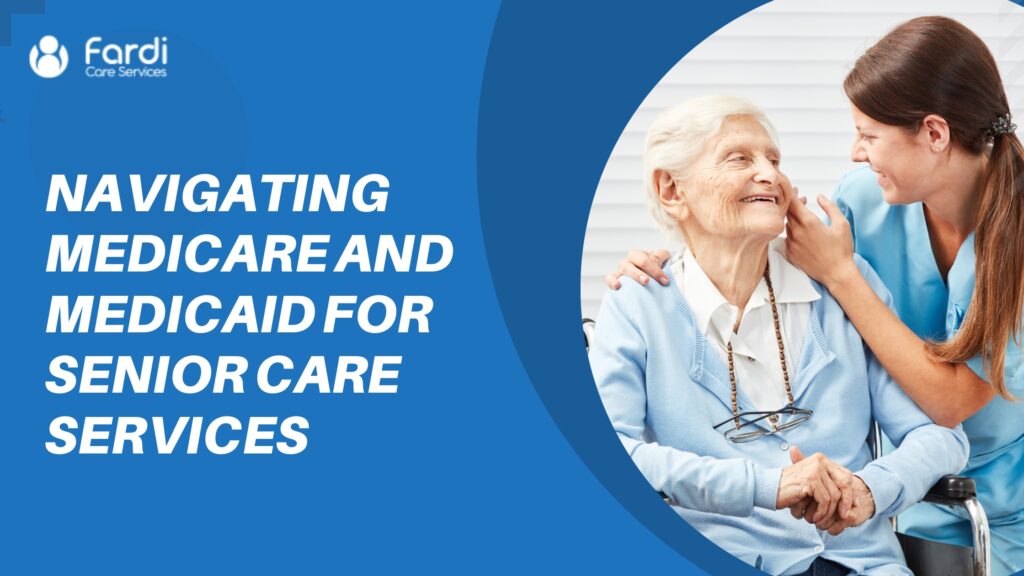Access to affordable healthcare is essential for seniors, especially in a city like Minneapolis, where the aging population is growing. Medicare and Medicaid are two vital government programs that provide support for senior care services. In this blog, we will explore how Medicare and Medicaid can assist seniors in Minneapolis and provide insights into navigating these programs effectively.
Understanding Medicare
Medicare is a federal health insurance program primarily designed for individuals aged 65 and older. It can also provide coverage for some younger individuals with disabilities. Medicare consists of several parts, each covering specific healthcare services:
1. Medicare Part A
Medicare Part A, often referred to as hospital insurance, covers inpatient hospital stays, skilled nursing facility care, hospice care, and some home healthcare services. Most people do not pay a premium for Part A, as they have paid into the Medicare system through payroll taxes during their working years.
2. Medicare Part B
Medicare Part B covers outpatient medical services, preventive services, physician visits, and durable medical equipment. Beneficiaries pay a monthly premium for Part B coverage.
3. Medicare Part C (Medicare Advantage)
Medicare Part C, also known as Medicare Advantage, offers an alternative to traditional Medicare. These plans are offered by private insurance companies and provide the same benefits as Parts A and B, often including prescription drug coverage (Part D). Medicare Advantage plans may have different costs and coverage rules.
4. Medicare Part D
Medicare Part D is prescription drug coverage that helps seniors afford necessary medications. Beneficiaries can choose from various Part D plans offered by private insurance companies. Premiums and covered medications can vary by plan.
Understanding Medicaid
Medicaid is a joint federal and state program that provides health coverage to individuals with low income and limited resources. Eligibility for Medicaid varies by state, and Minnesota has its own Medicaid program, known as Medical Assistance (MA).
Key Points About Medicaid in Minnesota:
- Income Eligibility: In Minnesota, income eligibility for MA depends on factors such as age, disability status, and household size.
- Asset Limits: Medicaid eligibility considers both income and assets. Certain assets, such as a primary residence and personal belongings, are typically not counted toward asset limits.
- Coverage: MA in Minnesota covers a wide range of healthcare services, including doctor visits, hospital stays, prescription drugs, and long-term care services.
Navigating Medicare and Medicaid in Minneapolis
Navigating Medicare and Medicaid can be complex, but it’s crucial for seniors to make the most of these programs. Here are some tips for effective navigation:
1. Understand Your Eligibility
Determine your eligibility for both Medicare and Medicaid. Eligibility criteria can vary, so it’s essential to know which programs you qualify for.
2. Enroll in Medicare on Time
Seniors become eligible for Medicare at age 65. To avoid late enrollment penalties, ensure you enroll during your initial enrollment period, which typically starts three months before your 65th birthday.
3. Choose the Right Plan
If you opt for original Medicare (Parts A and B), consider supplementing it with a Medigap policy to help cover out-of-pocket costs. If you prefer a Medicare Advantage plan, research available plans to find one that suits your healthcare needs.
4. Review Prescription Drug Coverage
If you need prescription drug coverage, explore Medicare Part D plans to find one that covers your medications at an affordable cost. Consider factors such as monthly premiums, deductibles, and copayments.
5. Explore Medicaid (Medical Assistance) in Minnesota
If you qualify for Medicaid (Medical Assistance) in Minnesota, familiarize yourself with the available services and coverage. Contact the Minnesota Department of Human Services or a local Medicaid office for assistance.
6. Seek Assistance
Medicare and Medicaid counseling services are available to help seniors understand their options and make informed decisions. In Minneapolis, organizations like the Senior LinkAge Line provide free assistance and guidance.
7. Review and Update Annually
Medicare and Medicaid plans can change annually, so it’s essential to review your coverage and make any necessary updates during the open enrollment periods.
Local Resources in Minneapolis
Minneapolis offers various resources and organizations to support seniors in navigating Medicare and Medicaid:
- Senior LinkAge Line: This organization provides free, unbiased counseling and assistance on Medicare, Medicaid, and other senior-related programs.
- Minnesota Board on Aging: The board offers information and resources on aging-related topics, including healthcare programs and benefits.
- Local Senior Centers: Minneapolis has numerous senior centers that provide information and assistance with Medicare and Medicaid enrollment.
Conclusion
In conclusion, understanding and navigating Medicare and Medicaid are vital steps for seniors in Minneapolis to access the healthcare services they need. These programs offer essential support, from hospital coverage to prescription drug benefits, ensuring that seniors can maintain their health and well-being. By knowing your eligibility, enrolling in the right plans, and seeking assistance when needed, you can make the most of these valuable healthcare resources.
Whether you’re approaching age 65 or require assistance with Medicaid in Minnesota, the key is to stay informed, review your options annually, and take advantage of local resources in Minneapolis that can guide you through the process. Access to affordable healthcare is a fundamental right for seniors, and these programs are here to help you maintain your health and independence.


